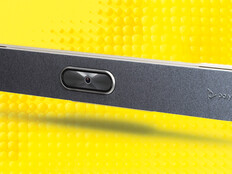USB and Thunderbolt connectors evolved along parallel lines for years. The most recent versions, Thunderbolt 3 and USB-C, converged and now use the same universal port. Here are the five big questions agency IT administrators need to think through when it comes to the differences between the two.
What Is Thunderbolt 3?
This interface provides fast data throughput, high video bandwidth and power over a single cable.
What Is USB-C?
The wide range of USB connection options has been a point of frustration. USB-C was designed to end the madness with a single, small interface that can be used to connect anything
What’s the Difference Between Tunberolt 3 and USB-C?
Thunderbolt 3 operates at 40 gigabits per second, while USB-C functions at 10Gbps. Thunderbolt 3 supports daisy-chaining of connected devices, but USB-C does not.
What Are the Benefits of Each?
USB-C’s reversible interface means it plugs in automatically (no more flipping it over); power delivery is bidirectional (a charging laptop can charge other devices). Thunderbolt 3 offers users desktoplike performance on laptops, which is difficult with USB.
Are Thunderbolt 3 and USB-C Connectors Interchangeable?
Not always. Thunderbolt 3 is backward compatible with USB-C, but data will transfer at the USB-C speed. Thunderbolt 3 supports daisy-chaining of connected devices, but with USB-C, each peripheral requires its own port.











